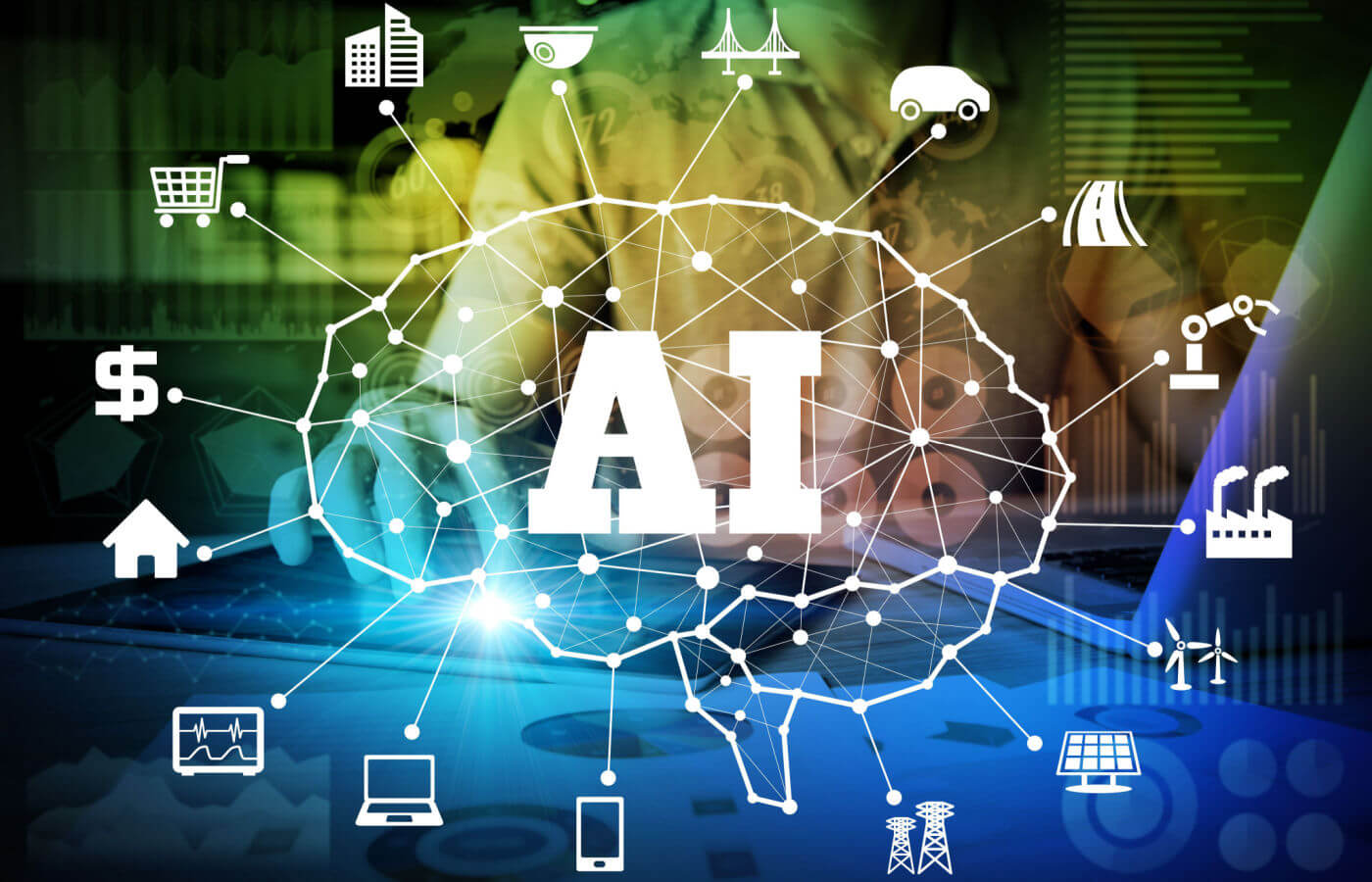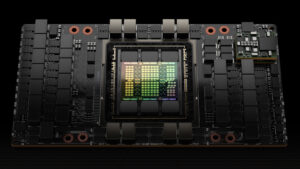Advancing Beyond DeepSeek: The Need for Computing Evolution in Response to Innovation

Beyond DeepSeek: Evolving Computing for Innovation
Introduction to Computing Evolution
As technology continues to advance at a staggering pace, the world of computing finds itself at a crossroads. The advancements in artificial intelligence (AI), machine learning (ML), and data analytics require a fundamental evolution in the ways we approach computing. With innovations such as DeepSeek making waves in computer science, it’s essential to address how these developments place pressure on existing systems and processes.
Understanding DeepSeek
What is DeepSeek?
DeepSeek is an advanced model leveraging AI and ML to analyze vast datasets. By employing neural networks, it can uncover hidden trends, patterns, and insights. Its capabilities have been instrumental in various fields, from finance to healthcare, greatly enhancing decision-making processes.
Impact on Modern Computing
The success of DeepSeek has highlighted the limitations of traditional computing architectures in processing complex algorithms. Many existing systems are not structured to handle the immense amounts of data generated today, nor can they quickly adapt to changing demands. Hence, there’s an urgent need for a new paradigm in computing.
The Need for Evolution in Computing
Increased Data Volume
- The exponential growth of data generated daily is overwhelming for conventional systems. Current infrastructures struggle to manage and analyze this information efficiently.
Complexity of Machine Learning Algorithms
- Modern machine learning algorithms require extensive computational power. Many existing systems are not equipped to handle the complexity and demands of these algorithms.
Real-time Processing
- Many applications today require real-time data processing. Traditional computing methods often lag, resulting in delayed responses and inefficient operations.
- Integration with Emerging Technologies
- Incorporating technologies like IoT (Internet of Things), AI, and blockchain presents new challenges. A flexible computing model is necessary to support seamless integration and functionality across these platforms.
Strategies for Evolving Computing
Adopting Quantum Computing
Quantum computing presents a revolutionary approach to computing that could potentially surpass traditional methods. It uses quantum bits or qubits, allowing for immense parallel processing capabilities. This shift could drastically reduce the time needed for complex calculations.
Harnessing Distributed Computing
Distributed computing leverages multiple interconnected computers to work on tasks simultaneously. This method can handle larger datasets and complex problems more effectively than a single centralized system. By spreading the workload, organizations can achieve faster results.
Cloud Computing Solutions
Cloud computing allows businesses to access significant processing power and storage via the internet. As a scalable solution, it adapts to changing demands, enabling organizations to store and analyze vast amounts of data with relative ease.
Innovations Driving Change
Edge Computing
- Edge computing processes data closer to its source, reducing latency and bandwidth use. This approach is crucial for applications requiring quick responses, such as autonomous vehicles and smart cities.
Neuromorphic Computing
- Neuromorphic computing mimics neural architectures in the human brain, potentially enhancing AI’s ability to recognize patterns and make decisions.
- Serverless Computing
- Serverless computing abstracts the underlying infrastructure, allowing developers to focus solely on code. This can dramatically increase efficiency and reduce costs for organizations.
Conclusion
The computing industry faces unprecedented challenges and opportunities. As innovations like DeepSeek demonstrate the potential of AI and machine learning, evolving computing strategies and technologies is crucial to meet future demands and drive continued progress. Understanding and adopting advancements such as quantum, distributed, and edge computing will be vital as we move forward into a more data-intensive and technology-driven future. The journey is just beginning, and the steps taken today will shape the landscape of computing for generations to come.






